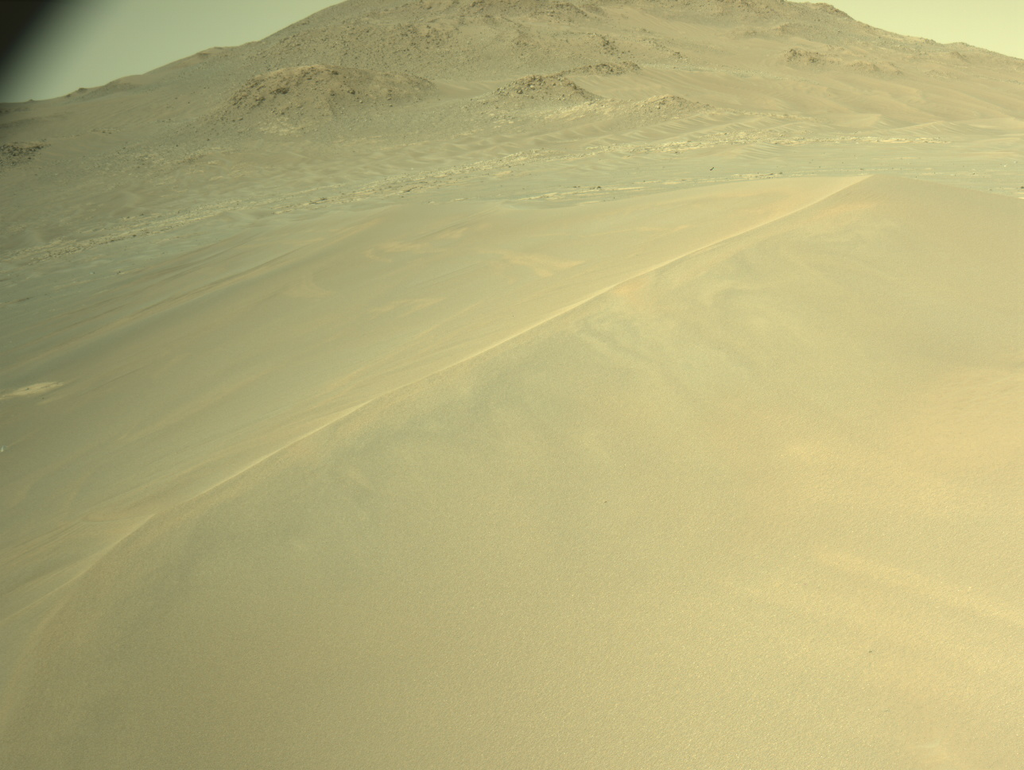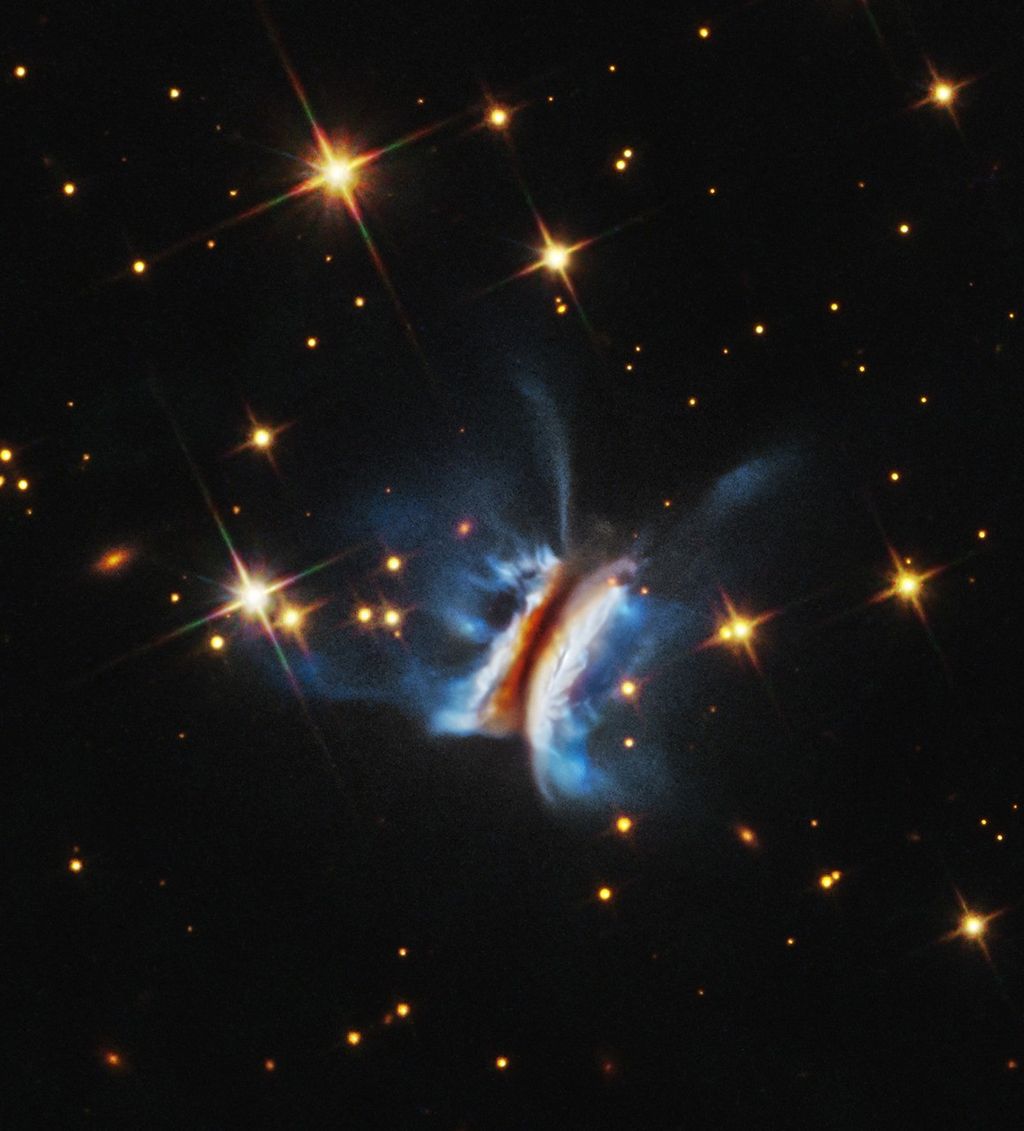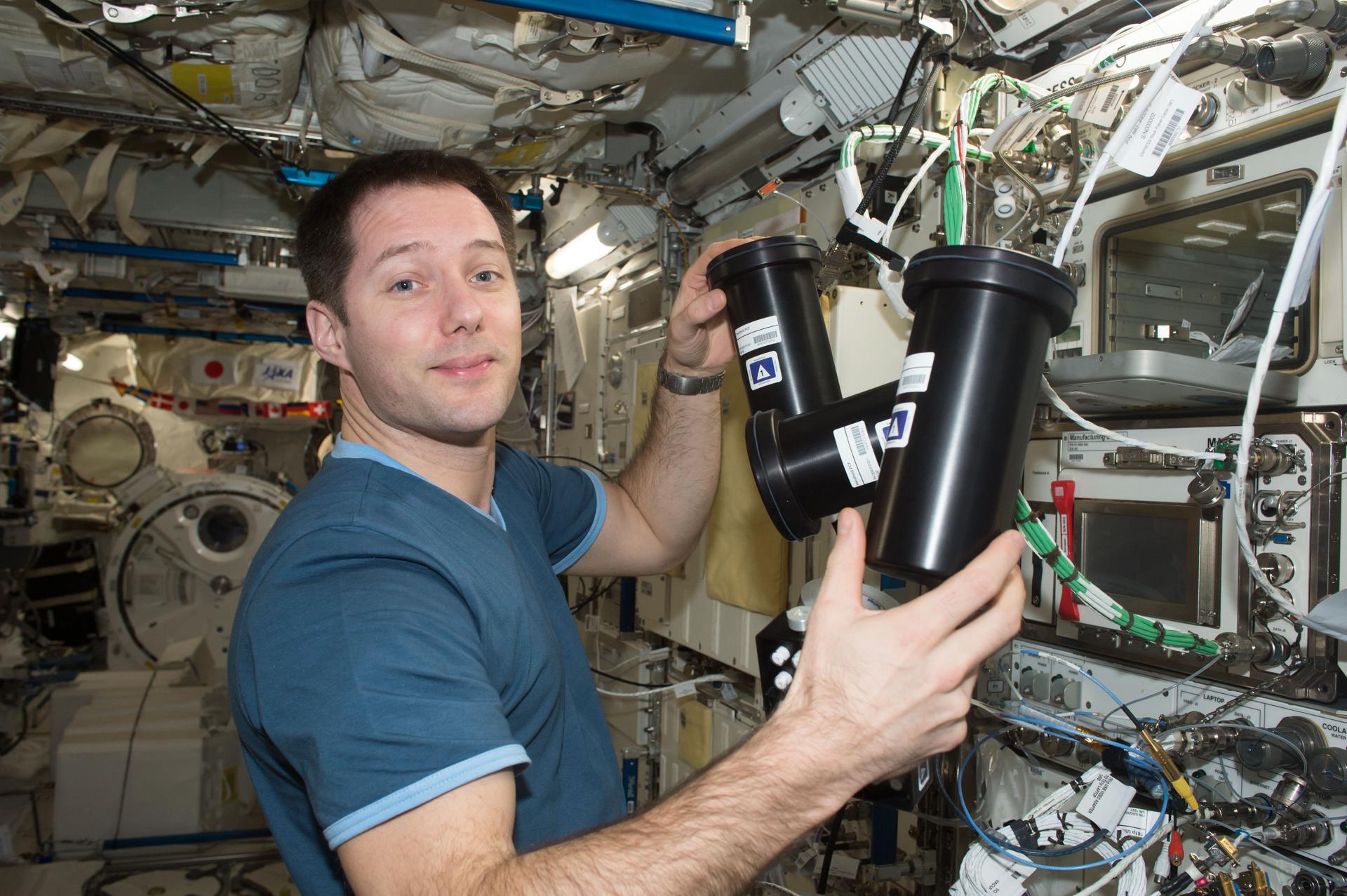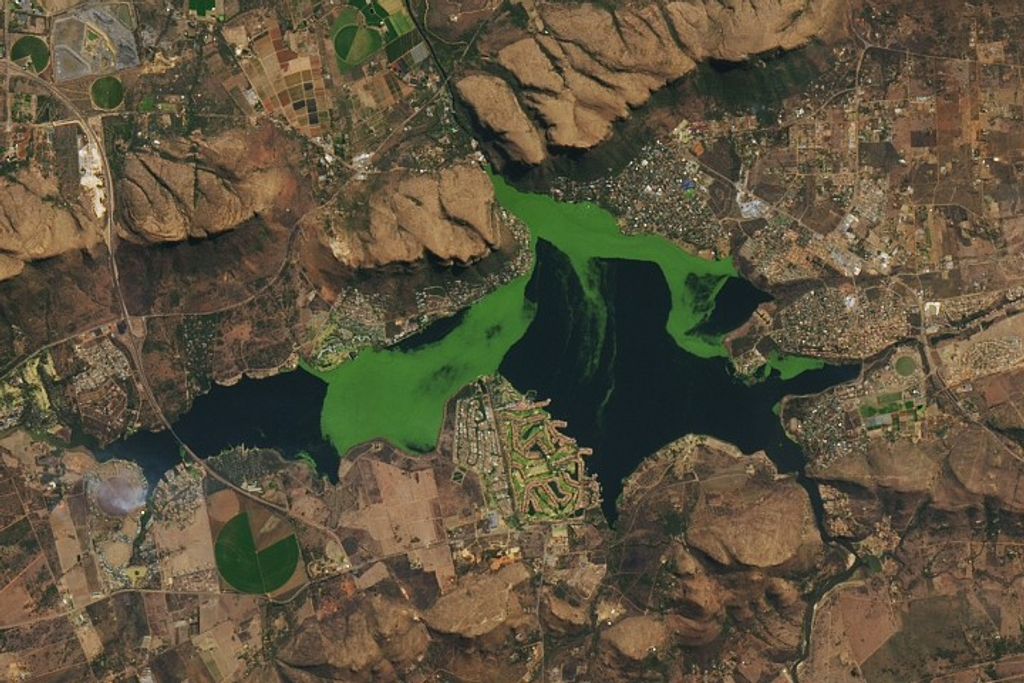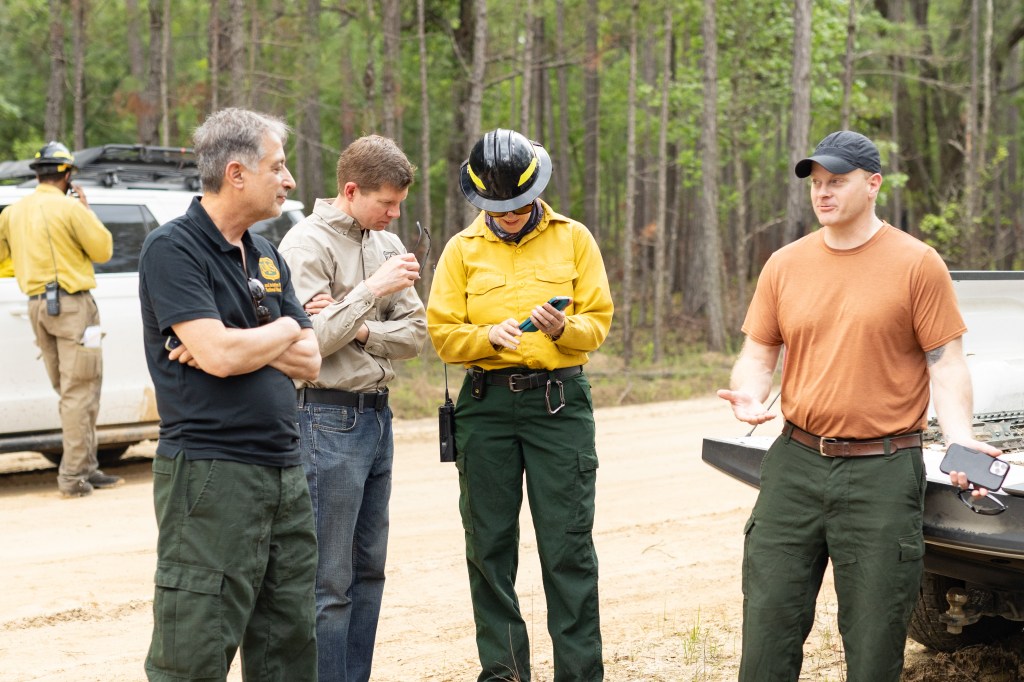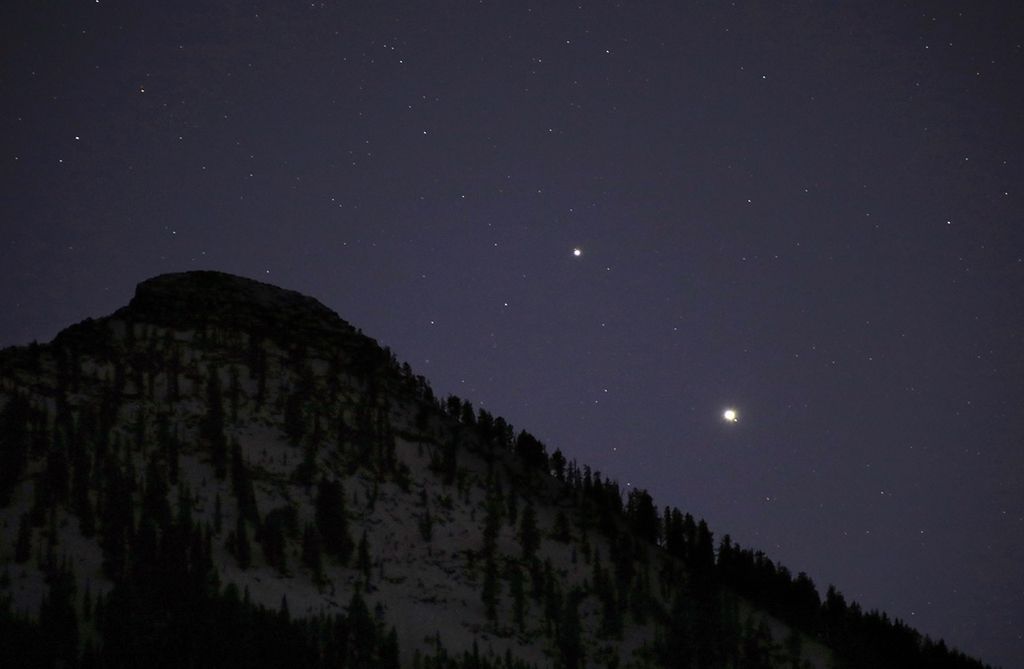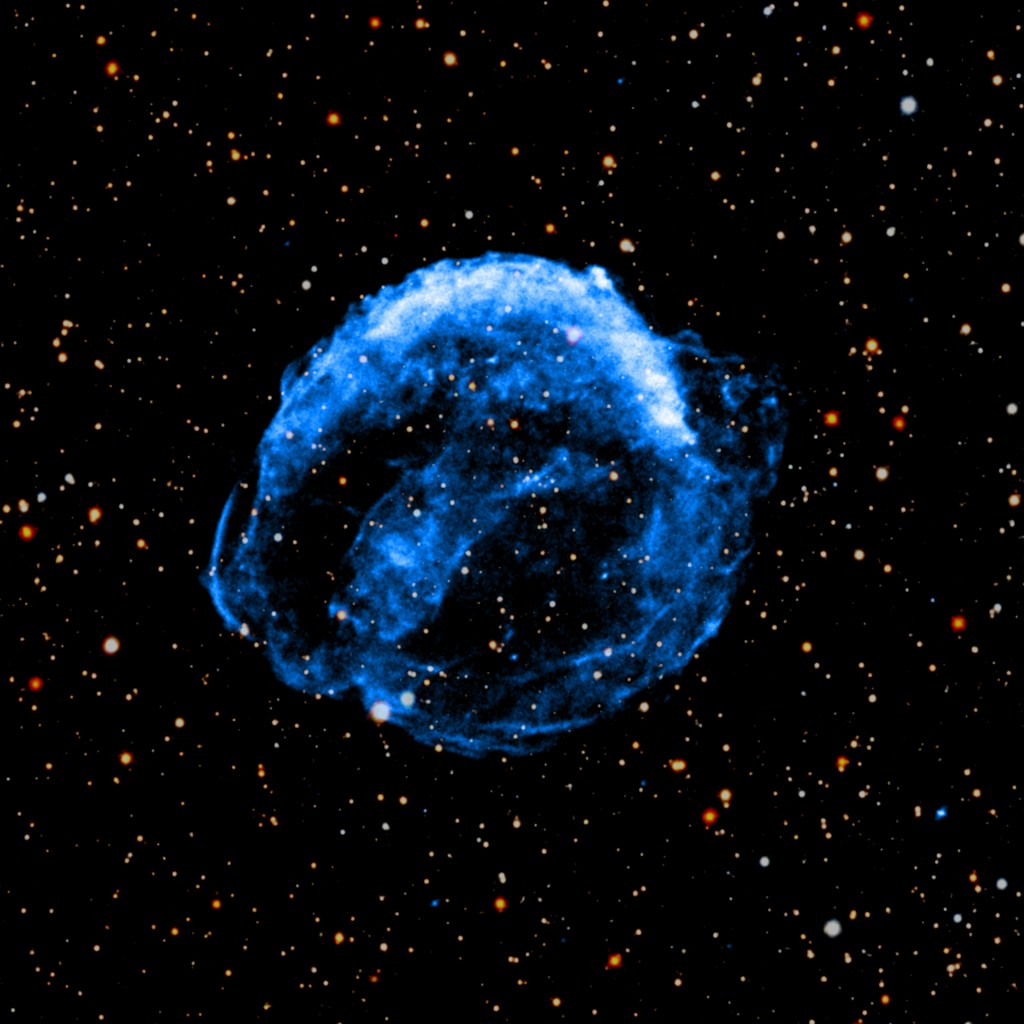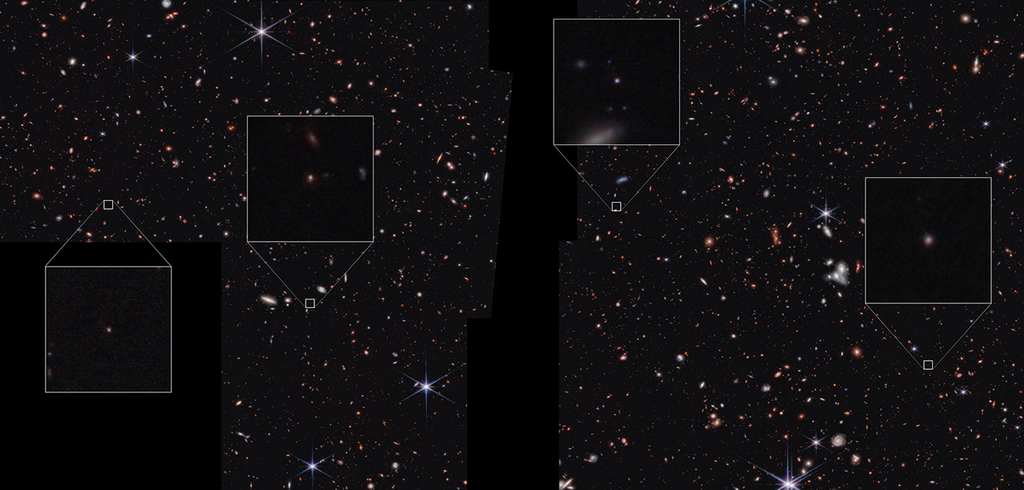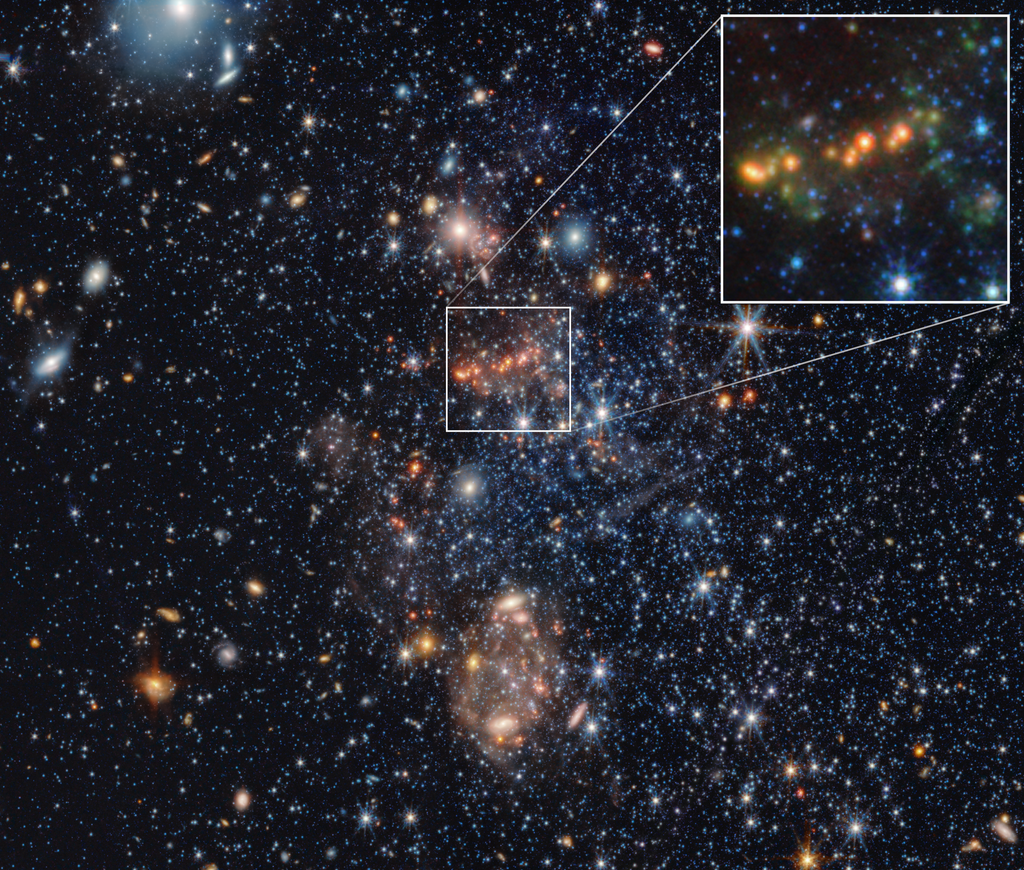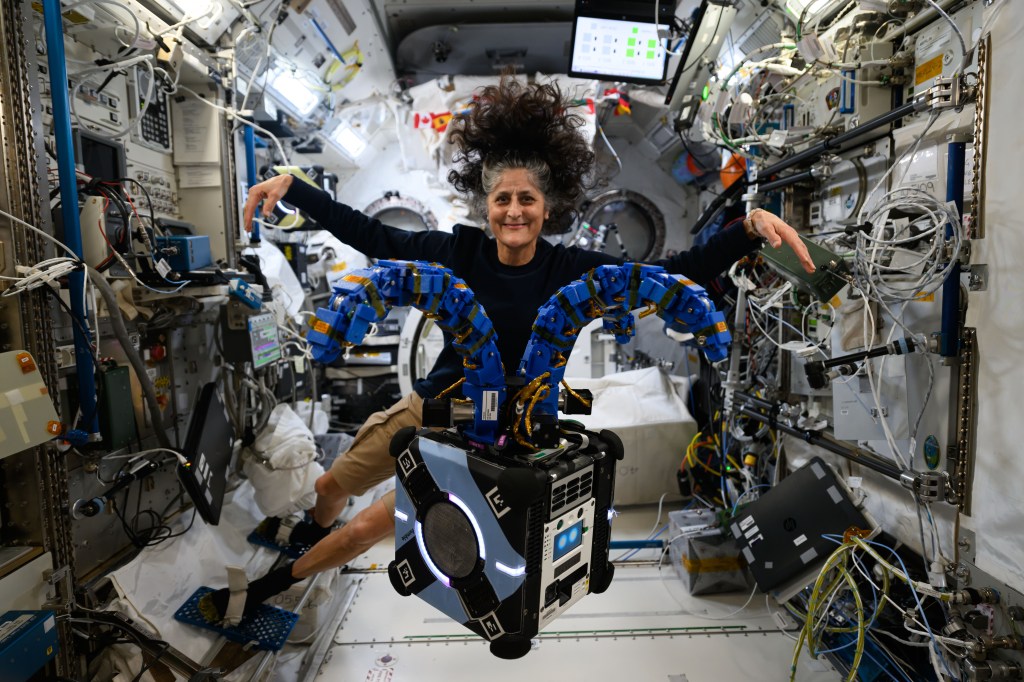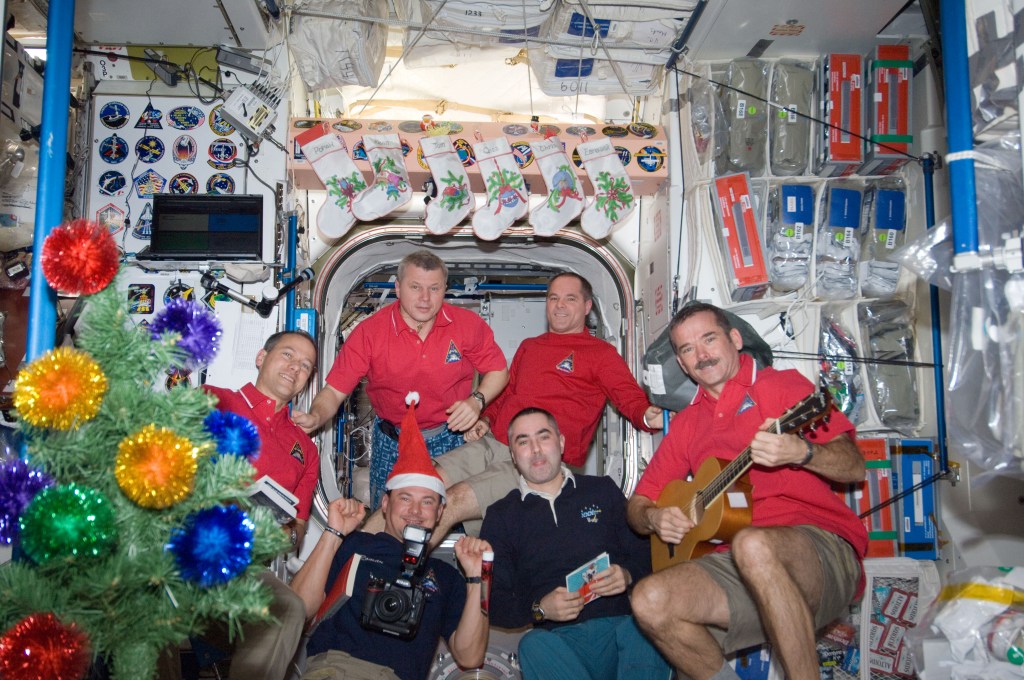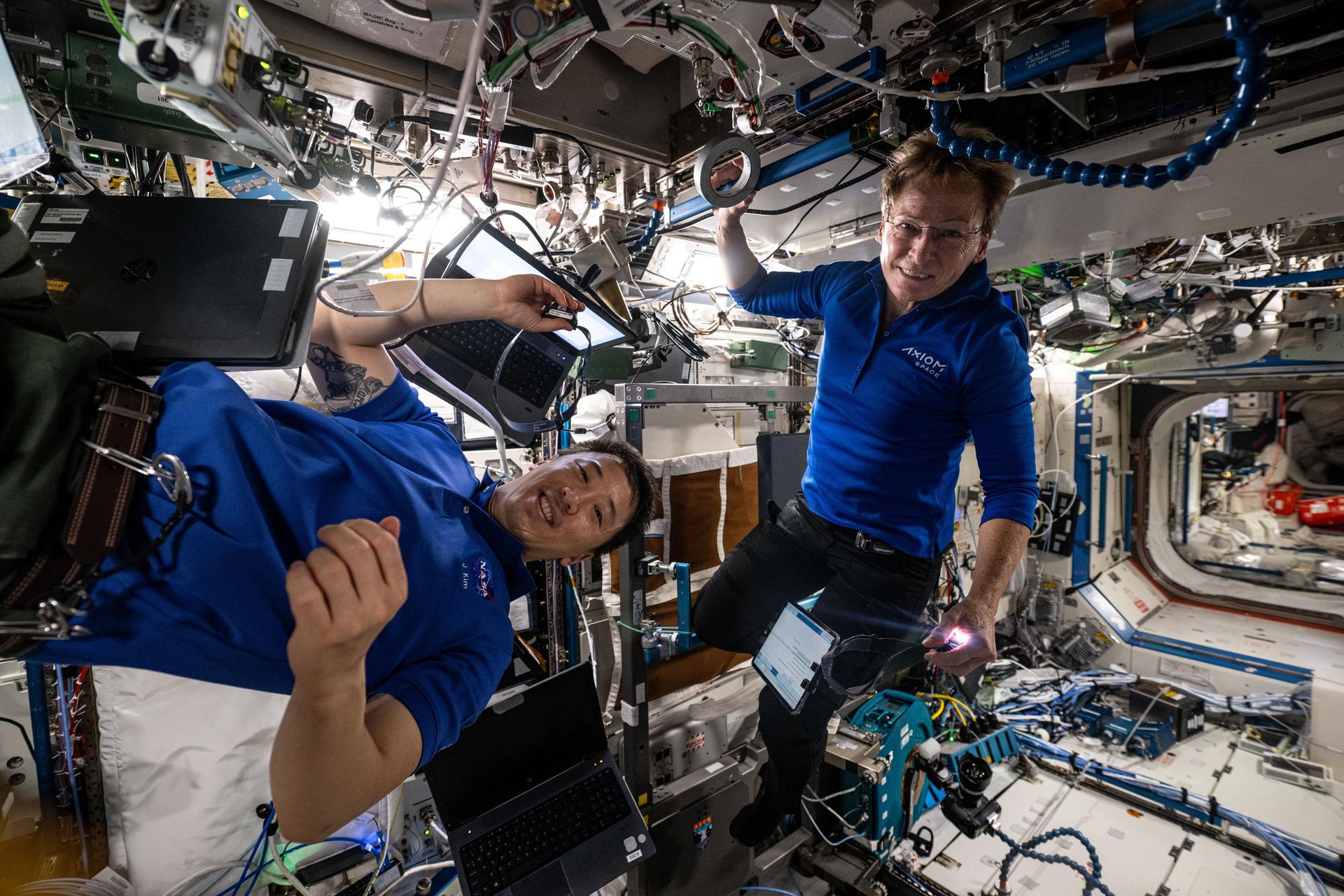Ax-4 Returns Home; Expedition 73 Studies Space Effects on Heart, Nervous System
Axiom Mission 4 (Ax-4) splashed down in the Pacific Ocean at 2:31 a.m. PDT Tuesday ending a 20-day spaceflight that saw the private astronauts perform critical microgravity research aboard the International Space Station. Veteran astronaut Peggy Whitson, who has accumulated 695 days in space over five missions, led Pilot Shubhanshu Shukla and Mission Specialists Sławosz Uznański-Wiśniewski and Tibor Kapu back to Earth aboard the SpaceX Dragon spacecraft.
Back on the orbital outpost, the Expedition 73 crew kicked off several days of human research activities starting with exploring how the human heart and nervous system adapt to weightlessness. NASA Flight Engineers Jonny Kim and Anne McClain joined each other in the Columbus laboratory module on Tuesday for heart scans using the Ultrasound 2 device to understand how living in space affects blood flow. McClain then partnered with NASA Flight Engineer Nichole Ayers and studied how an astronaut’s nervous system, or sense of balance, adjusts to microgravity. McClain wore virtual reality goggles and responded to visual stimuli as Ayers monitored and operated the hardware with assistance from doctors on the ground in real time. Both studies are part of the CIPHER suite of 14 human research experiments.
Kim later assisted station Commander Takuya Onishi of JAXA (Japan Aerospace Exploration Agency) as he worked in the Tranquility module for upcoming electrical and life support maintenance. The duo removed a variety of exercise racks and orbital plumbing components to access electrical hardware for maintenance and begin installing a new catalytic reactor.
Roscosmos cosmonauts Alexey Zubritsky and Kirill Peskov continued unpacking cargo from inside the Progress 92 resupply ship that delivered about three tons of food, fuel, and supplies to the Expedition 73 crew on July 5. Veteran cosmonaut Sergey Ryzhikov spent his day checking electronics gear and servicing space physics research equipment.
The docked Progress 91 cargo craft will fire its engines on Wednesday for several minutes boosting the station’s orbit to the correct altitude for the arrival of the SpaceX Crew-11 mission. Crew-11 is targeted to launch no earlier than 12:09 p.m. EDT on July 31 aboard the Dragon spacecraft for a docking on Aug. 2 to the Harmony module’s space-facing port. NASA astronaut Zena Cardman will lead Crew-11 with Pilot Mike Fincke of NASA and Mission Specialists Kimiya Yui of JAXA and Oleg Platonov of Roscosmos.
50 years ago today, two different spacecraft from the United States and the Soviet Union launched from opposites of the world to begin an era of international cooperation in space. Two days later, the Apollo spacecraft with NASA astronauts Tom Stafford, Vance Brand, and Deke Slayton docked with the Soyuz spacecraft carrying cosmonauts Alexei Leonov and Valery Kubasov. Stafford and Leonov opened the hatches between both spacecraft, shook hands, and conducted research before undocking two days later. The experience gained from the Apollo-Soyuz mission would inform operations on the International Space Station that will reach 25 years of continuous human habitation on Nov. 2 this year.
Learn more about station activities by following the space station blog, @space_station on X, as well as the ISS Facebook and ISS Instagram accounts.
Get the latest from NASA delivered every week. Subscribe here.



